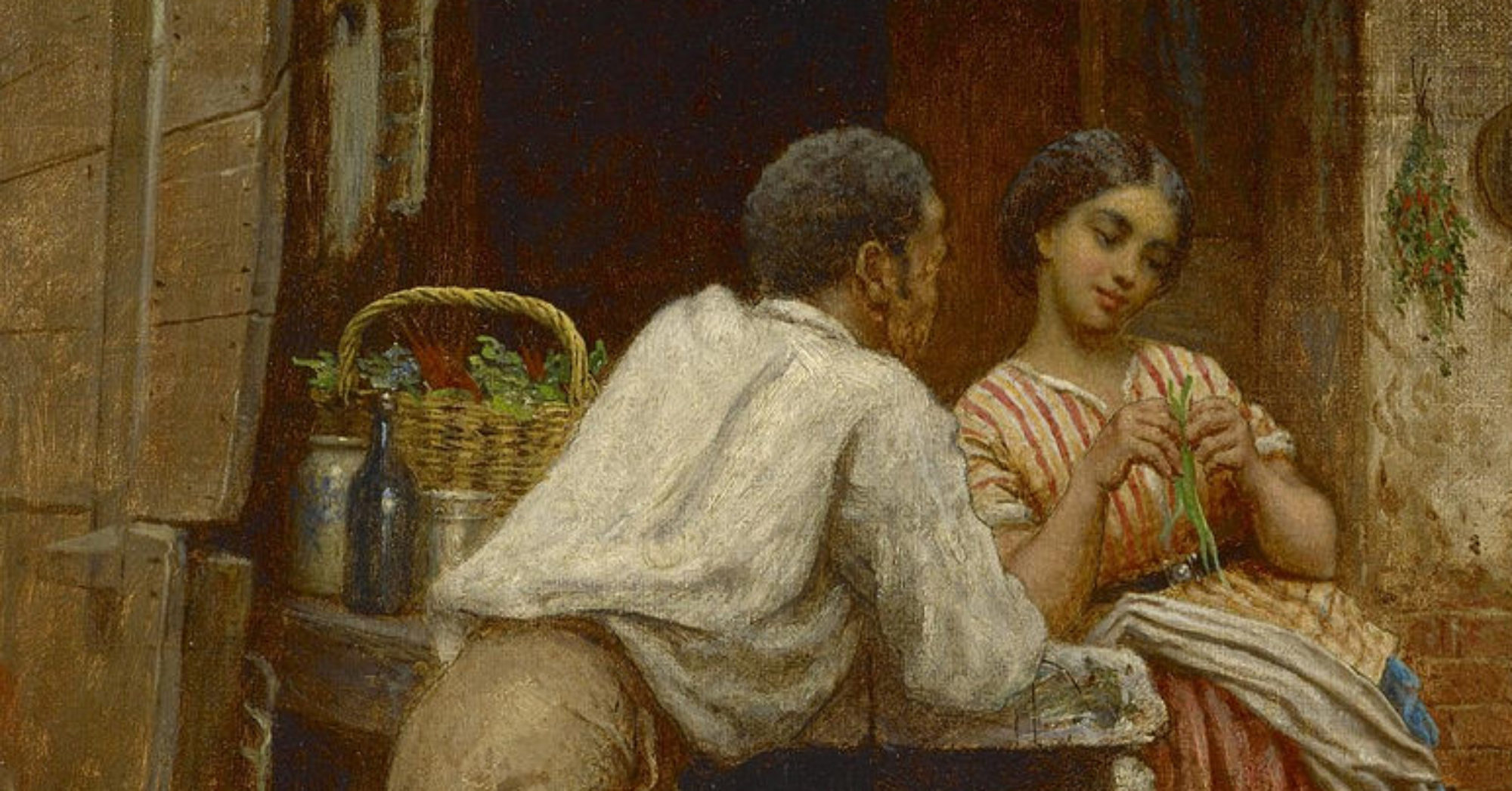From Repository of Arts, Literature, Fashions, by Rudolph Ackermann, Frederic Shober. 1816
Promenade dress. A high dress of cambric muslin trimmed at the bottom with a single flounce of work. The body, which is composed entirely of work, fits the shape without any fullness. A plain long sleeve, finished by a triple fall of narrow lace. Over this dress is worn the Angouleme pelisse, composed of crimson velvet, lined with white sarsnet, and trimmed with a single welt of crimson satin, a shade lighter than the pelisse. The body is made exactly to the shape; the back is of course a moderate breadth, and without fullness; for the form of the front we refer our readers to our print; it is confined at the waist, which is very short, by a narrow velvet band, edged to correspond. A small collar, of a novel and pretty shape, stands up and supports a rich lace ruff, which is worn open in front of the throat. The sleeve has very little fullness, and that little is confined at the wrist by three narrow bands of puckered satin. Bonnet a la Rouale, composed of white satin, very tastefully intermixed with a large bunch of fancy flowers, and tied under the chin by a white satin ribbon, which is brought in a bow to the left side ; a full quilling of tulle finishes the front. Black silk ridicule, exquisitely worked in imitation of the ends of an India shawl, and trimmed with black silk fringe. White kid gloves, and black walking shoes.
Continue reading “Hot Regency Fashion Trends for Winter 1816”




